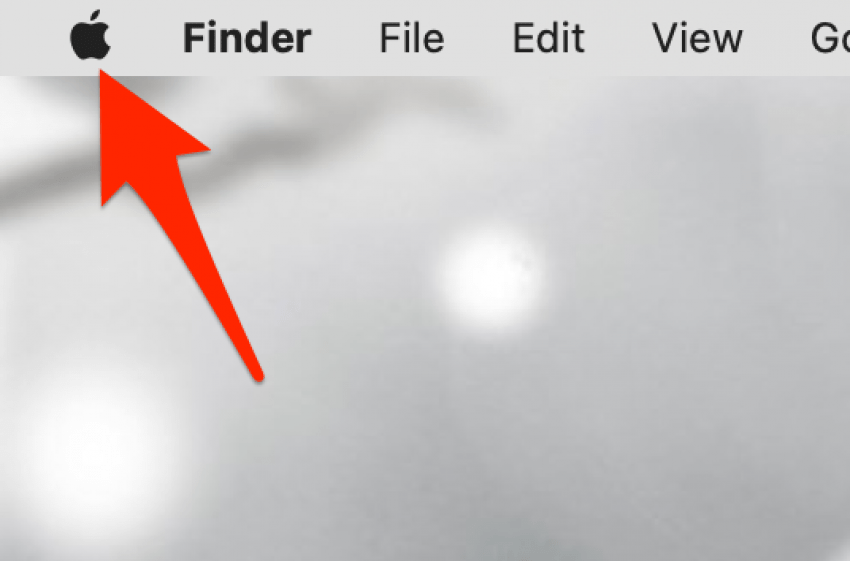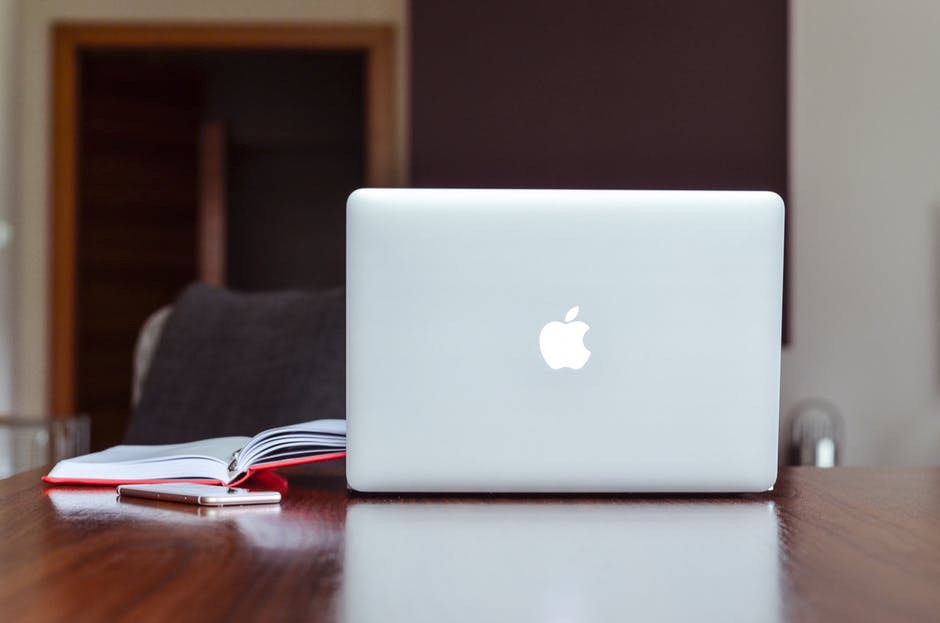
- HOW TO CHEKC YOUR COMPUTER STORAGE FOR MAC HOW TO
- HOW TO CHEKC YOUR COMPUTER STORAGE FOR MAC FOR MAC
- HOW TO CHEKC YOUR COMPUTER STORAGE FOR MAC INSTALL
- HOW TO CHEKC YOUR COMPUTER STORAGE FOR MAC WINDOWS 10
- HOW TO CHEKC YOUR COMPUTER STORAGE FOR MAC PC
HOW TO CHEKC YOUR COMPUTER STORAGE FOR MAC INSTALL
RAM is cheap these days and it’s easy to install it.
HOW TO CHEKC YOUR COMPUTER STORAGE FOR MAC PC
If the diagnostic tool finds a problem, you should immediately replace your RAM.Īre you constantly running low on memory? Are things always running slowly, despite our PC optimization and Mac optimization tips? If the answer is yes, it’s time for an upgrade.

When your PC restarts, it’ll display the following screen:ĭuring this process, every single bit on your PC’s RAM is examined and checked for errors. Your PC will reboot in a diagnostic environment. When the diagnostic utility starts, click Restart now and check for problems. Choose the Windows Memory Diagnostics item: Here’s how it works:Ĭlick on the Start menu on your PC and type in Windows Memory Diagnostics.

HOW TO CHEKC YOUR COMPUTER STORAGE FOR MAC WINDOWS 10
Luckily, Windows 7 and Windows 10 include memory diagnostics that are simple to use. Safely delete junk data, duplicate files, and poor quality photos you don’t need to free up extra space and memory.Įxperiencing random computer crashes and freezes on your PC? Then perhaps you should check into your memory and rule out any possibility of hardware failure.
HOW TO CHEKC YOUR COMPUTER STORAGE FOR MAC FOR MAC
However, if that doesn’t improve performance, you might want to clean up some space using our very own Avast Cleanup for Mac product. If you’re low on RAM, you should follow our guide to speeding up a Mac - which starts by recommending that you close as many applications as you can. This is where you see all running processes and (near the lower part) how much memory is being used right now: Double-click on Activity Monitor.Ĭlick on the Memory tab. To see how much RAM is currently being consumed, in the MacOS menu bar click on Go.Īnd then select Utilities. Next to the Memory entry, you see your total memory usage and its specifications. In the top left corner of the screen, click on the Apple icon and select About This Mac. How much RAM can this Mac actually hold? There’s a quick way to find out. Struggling with a sluggish Mac system? It might mean you’re running out of memory.

Give it a try and watch how much faster your PC runs.
/how-to-check-storage-on-mac-50923471-56f2bb5d4a3741e6926967de3ba2a277.jpg)
You can also use Sleep Mode, a feature of Avast Cleanup that automatically puts resource draining-programs to sleep when you don’t need them. Tip: If you’re low on memory (usually that means 4 GB or less), you can free up RAM by following our tips to speed up your PC. The Memory box shows our current RAM usage as 824 MB. Under Total you can also see we have 1,000 MB, or 1 GB, of total RAM. Windows 7 users will see their memory under the Performance tab. Here you can see we’re using 9.4 GB, aka 61% of the 16 GB of total RAM. On Windows 10, click on the Memory tab on the left-hand side to look at your current RAM usage. Right-click on the Windows taskbar and select Task Manager. Scroll down to Installed Physical Memory (RAM) and see how much memory is installed on your computer. Ī list of search results pops up, among which is the System Information utility.
HOW TO CHEKC YOUR COMPUTER STORAGE FOR MAC HOW TO
How to Check How Much RAM I Have | Windows 10 & 7 | Avast Logo Ameba Icon Security Icon Security White Icon Privacy Icon Performance Icon Privacy Icon Security Icon Performance Icons/45/01 Security/Other-Threats Icons / 32 / Bloatware removal Icons / 32 / Registry Cleaner Icons / 32 / CleanUp Icons / Feature / 32 / Mac Icons / 32 / Browser cleanup Icons/32/01 Security/Malware Icons/32/01 Security/Viruses Icons/32/01 Security/Other-Threats Icons/32/01 Security/Passwords Icons/32/01 Security/Ransomware Icons/32/01 Security/Business Icons/32/02 Privacy/Browser Icons/32/02 Privacy/IP adress Icons/32/02 Privacy/VPN Icons/32/02 Privacy/Proxy Icons/32/02 Privacy/Streaming Icons/32/03 Performance/Celaning Icons/32/03 Performance/Drivers Icons/32/03 Performance/Gaming Icons/32/03 Performance/Hardware Icons/32/03 Performance/Speed Icons / 32 / Bloatware removal Icons / 32 / Registry Cleaner Win Icons / 32 / CleanUp Icons / Feature / 32 / Mac Icons / 32 / Browser cleanup Icons/60/02 Privacy/02_Privacy Icons/60/01 Security/01_Security Icons/60/03 Performance/03_Performance Icons/80/01 Security/IoT Icons/80/01 Security/Malware Icons/80/01 Security/Passwords Icons/80/01 Security/Ransomware Icons/80/01 Security/Viruses Icons/80/01 Security/Other-Threats Icons/80/03 Security/Business Icons/80/02 Privacy/Browser Icons/80/02 Privacy/IP adress Icons/80/02 Privacy/VPN Icons/80/02 Privacy/Proxy Icons/80/02 Privacy/Streaming Icons/80/03 Performance/Celaning Icons/80/03 Performance/Drivers Icons/80/03 Performance/Gaming Icons/80/03 Performance/Hardware Icons/80/03 Performance/Speed Icons/80/03 Performance/03_Performance Icons/80/02 Privacy/02_Privacyīefore you can determine if you have a problem with RAM - including, “I don’t have enough!” - you should find out how much is already in your system.Ĭlick on the Windows Start menu and type in System Information.


 0 kommentar(er)
0 kommentar(er)
